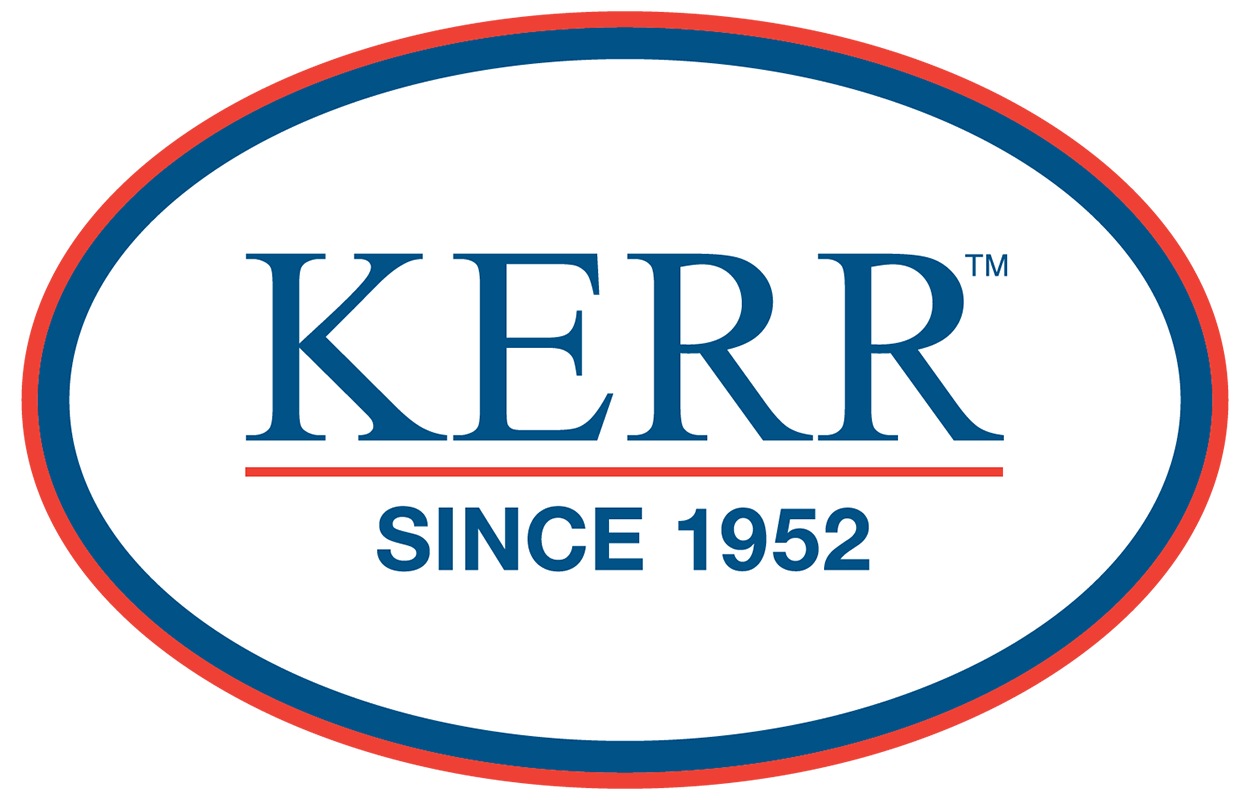There are many closures on the market, but are all closures equal? What considerations should be given when deciding to purchase a closure? The considerations below are definitely not exhaustive; they provide food for thought about the main factors.
TDW D2000 ProSeries Closure
who is the manufacturer?
It is critical to consider carefully the closure manufacturer. Do they have a proven track record for the manufacturing of closures? Have their closures been rigorously tested and used by operators out in the field for a substantial period of time?
What about the life cycle of the closure; does the manufacturer have a proven support mechanism for dealing with repairs, servicing and the provision of parts and operational consumables? For example, check the support for O Rings and Pressure Warning Locks.
SAFETY
Operator opening TDW D2000 Closure out of the danger area
Does the closure when operated keep the operator out of the area of danger?
Where does the operator have to stand when opening/closing the door e.g. to the side or in front (danger zone) of the door?
Pressure Warning Locks (PWL)
Where is the PWL located on the closure? Those PWLs in the 12 o’clock position are less likely to pick up debris than those located in the face of the door.
Where is any retained pressure directed, is it away from the operator?
TDW D2000 Proseries Closure PWL
How does the PWL seal, does it use an O Ring or does it seal metal on metal (metal on metal will mean you will need to be replace around every six users). How readily can you obtain PWL spares and O Rings?
Does the design of PWL/PWL block prevent the door being opened unless the PWL is removed?
CONSIDER THE Design AND FEATURES OF THE CLOSURE
Are the amount of moving parts on the closure kept to a minimum?
How much manipulation is needed to align the door with the collar when opening and closing?
How many pivot points does the door have? Those with a single pivot point makes for ease of alignment with the collar when opening/closing.
Closures with tapered clamping surfaces utilize a wedging action, transmitting force to the holding elements, locking elements of the door resulting in more wear and tear on these components. Those utilizing a parallel surface, non-wedging clamp-rings have no opening force being transmitted to the holding components which is a positive.
Door O Rings LOCATION
TDW D2000 Proseries closure location of O Ring
Another important to consideration is where the O Ring is located on the door. Those located on external outer edge of collar are less likely to be damaged when loading/retrieving pigs and less susceptible to debris contamination during pig removal. Also they are less likely to leak in low pressure conditions, as they are energized when compressed when the door is closed. Does the manufacturer offer a variety of different O Ring material to suit different operating conditions?
The KERR team is available for presentations, lunch and learns and customer visits.
We at Kerr Engineered Sales Company know how important it is for operators to make the correct closure purchase decision. Our team has been offering solutions to pipeline operators for over 70 years, and has represented TD Williamson since 1952. TDW has been providing superior products and services to the industry for over 100 years. We stand behind the promise that TDW offers the best in class Closures in the industry.
See the D2000 Closure in action





